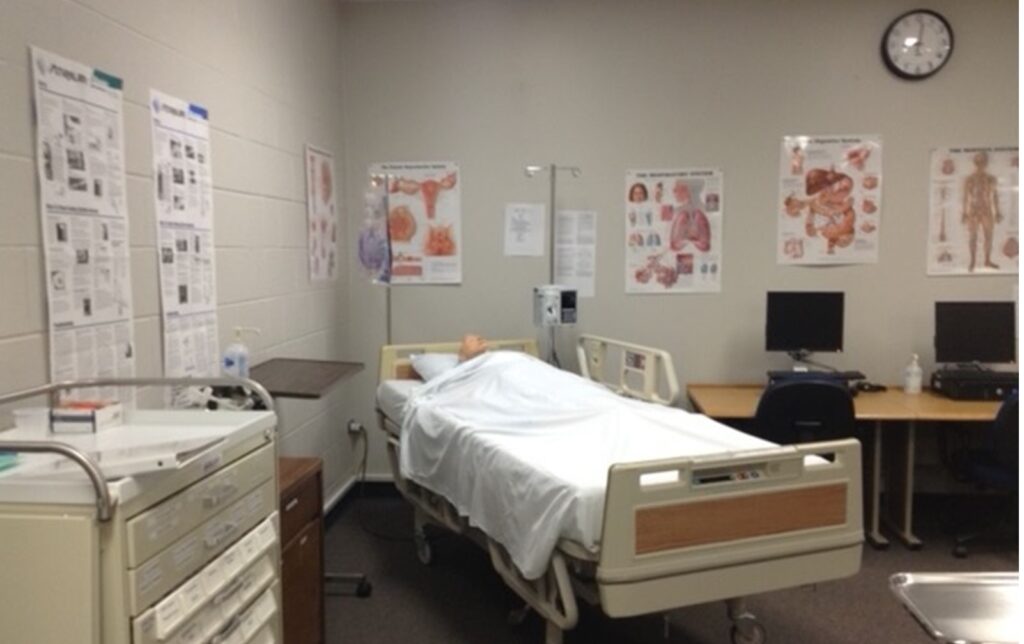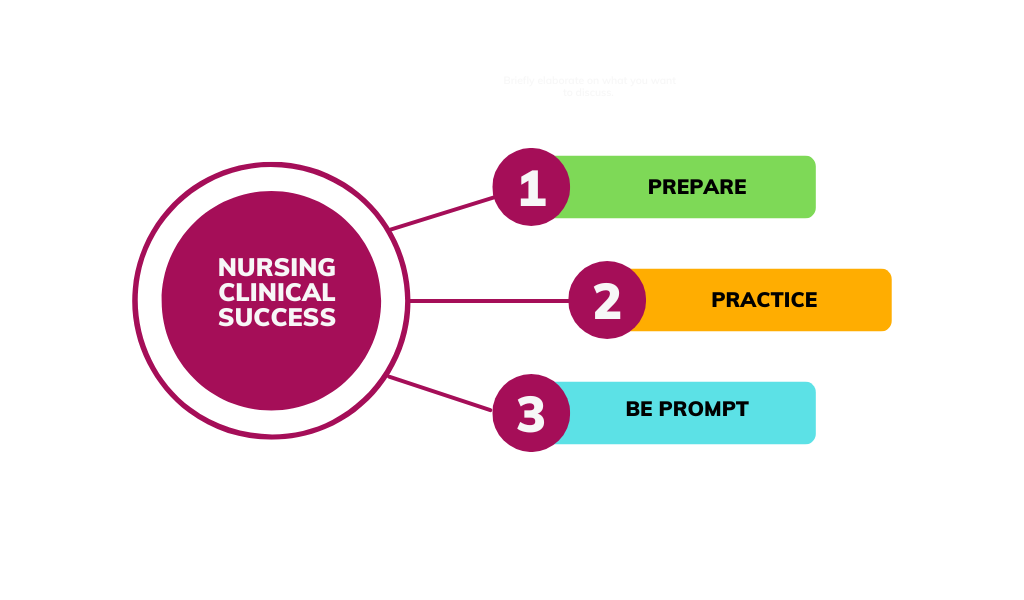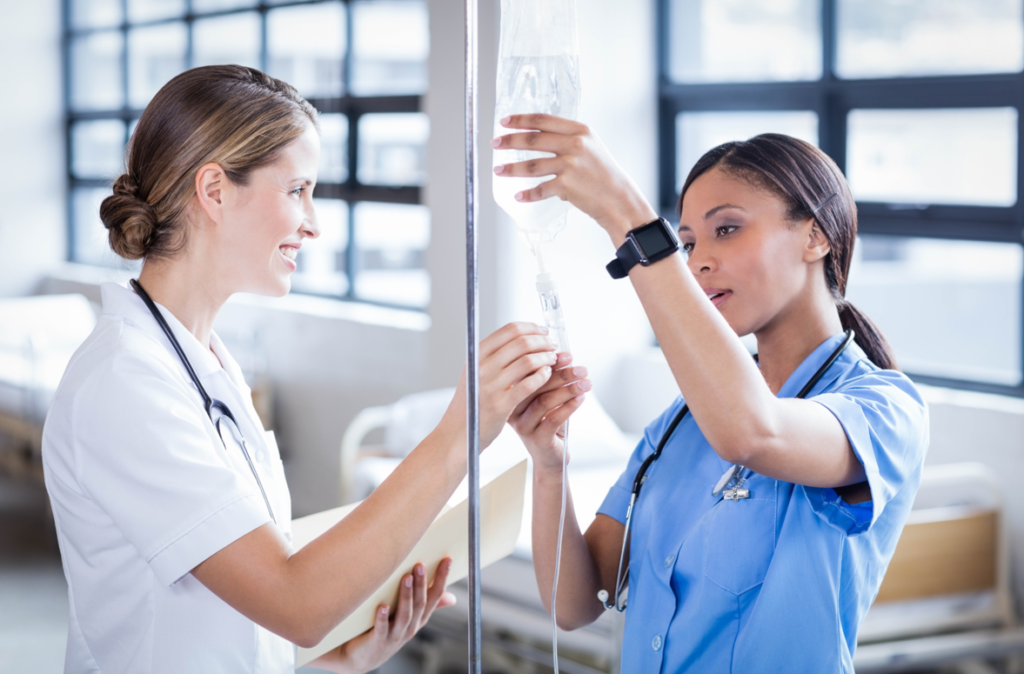Since Dr. William Osler, Physician-in-Chief at Johns Hopkins School of Medicine in the 1870s, introduced the concept of clinical practicum for medical students in addition to classroom education, healthcare education has included some practicum or clinical experience. Osler is felt to have changed healthcare education by teaching students at the patient’s bedside. Soon, nursing education followed suit, and to this day, clinical experiences are an essential part of nursing education. Clinical experience allows students to apply their learning and see patient and care variations. This post will review readiness for nursing clinical experiences from an instructor’s perspective, including three priorities for nursing students: preparation, practice, and promptness.

Prepare to Step Into the Unknown
The first P for successful clinical experience is preparation. Start your preparation even before the semester begins. Ensure you know the dates, times, and locations of your clinical experiences. If you don’t initially know these details, watch for emails or messages from your instructors informing you of the details. To attend clinical in healthcare settings, ensure your required health forms with immunization records and TB testing have been completed. Although students are not employees of the healthcare settings, the same health and professional requirements required of employees are required of you. Often an orientation session with computer health record training will be required. Prepare by obtaining the gear needed for the clinical: school uniform, shoes, name badge, watch, stethoscope, and other recommended tools (penlight, pens, tote bag or backpack, etc.).
Once you have completed this preparation, plan the day or evening before the experience to have everything set for the next day. Ensure your uniform is clean and pressed. Pack the equipment you will need. Depending on the hours of the clinical day, you should plan to take snacks and lunch with you. Keep valuables at a minimum as secure space for belongings may be limited. Consider a couple of dollars for coffee or snacks. Rings and other jewelry can harbor bacteria, so they are not recommended. Pull long hair back. Your instructor will inform you of any jewelry, hair, and dress limitations at the clinical setting.
With those basic preparations, it is time to prepare for patient care. As soon as you have access to patient clinical information, research the specifics about your patient (medical diagnoses, medications, allergies, nursing plan of care, etc.) and determine the care you will need to be prepared to provide. Keep all patient information confidential. Your instructor will ensure you know what you are allowed to do under supervision, but it is your responsibility to ensure you have prepared for your actions. Discuss your plan for the day with your instructor if you need more clarification.

Practice, Practice, Practice…
The next P is practice. When going into a clinical setting, you are expected to perform the skills you have been learning in classroom or skills lab settings. Build some practice time into your schedule before the clinical day. (Practice before you go.) There could be the need to safely move patients, administer medications, give injections, or perform other invasive skills. A review of the skills you may perform is helpful to lessen anxiety and ensure safety. While your instructor or another RN will observe your actions, the more you practice, the easier the skills will be.
Get There On Time…
The final P is promptness. Scheduled clinical times are limited. Ensure you arrive on time and are ready for participation. If the nurses begin at 7 a.m. (0700), they do not wait for anyone to arrive late. Many activities of the patient’s care are scheduled at specific times. Students need to be on time, ready to participate, and curious. Those who are late or unprepared will miss important observations or experiences. They may even be sent home for the day, affecting success in the course.

To make the most of the time allowed to learn in the clinical setting, students need to prepare, practice and be promptly at the clinical setting when scheduled. There is a lot to be learned through clinical experiences. Nursing students are actively involved in patient care and are legally responsible for what they are delegated to perform. Ensuring optimal learning and safe care to prepare as a nurse by taking the 3 P’s discussed in this post is a priority!

